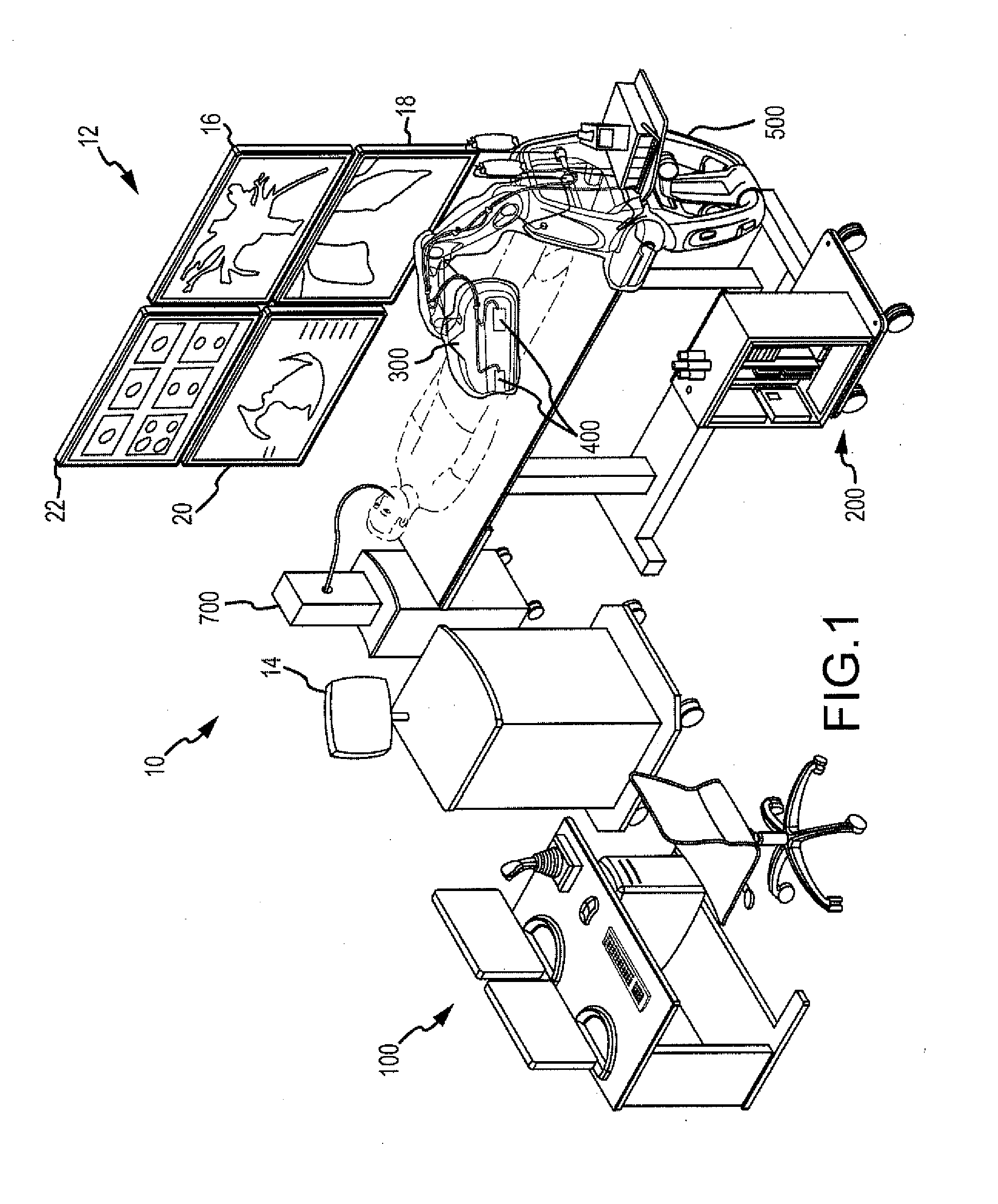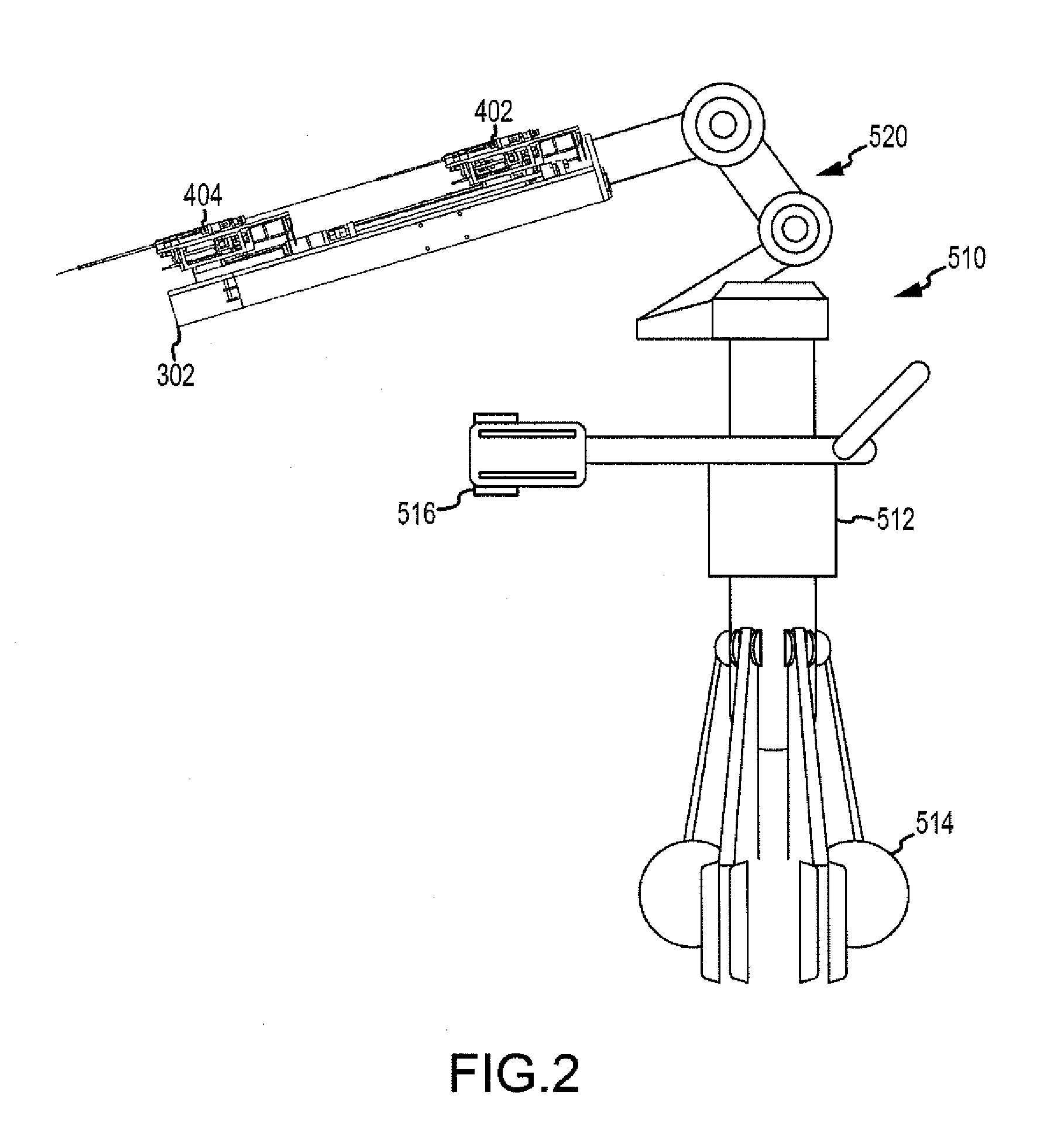Monitoring, Managing and/or Protecting System and Method for Non-Targeted Tissue
a non-targeted tissue and monitoring system technology, applied in the field of medical systems for monitoring and protecting non-targeted esophageal tissue, can solve the problems of non-targeted tissue tissue necrosis, known endocardial catheter pulmonary vein ostia ablation systems relating to monitoring, maintenance, and/or control, and the effect of treat the disease, and not being able to detect the diseas
- Summary
- Abstract
- Description
- Claims
- Application Information
AI Technical Summary
Benefits of technology
Problems solved by technology
Method used
Image
Examples
Embodiment Construction
[0086]The present disclosure is directed to a monitoring, managing and / or protecting system or component for use with various medical procedures, such as ablation procedures, to monitor and protect non-targeted tissue proximate to the location of the ablation procedure. The present invention is of aid in a number of procedure types, whether doctor controlled or automatically controlled, e.g., by a robotic system or magnetic system. The inventions monitor, manage and protect the non-targeted tissue including notifying the practitioner or the system performing the ablation procedure when the non-targeted tissue may be damaged and / or controlling or stopping the ablation procedure when necessary to protect the non-targeted tissue.
[0087]Before proceeding to a detailed description of the non-targeted tissue monitoring, managing and protecting system, a brief overview (for context) of one possible robotic control and guidance system (RCGS) for manipulating a medical device, such an ablatio...
PUM
 Login to View More
Login to View More Abstract
Description
Claims
Application Information
 Login to View More
Login to View More - R&D
- Intellectual Property
- Life Sciences
- Materials
- Tech Scout
- Unparalleled Data Quality
- Higher Quality Content
- 60% Fewer Hallucinations
Browse by: Latest US Patents, China's latest patents, Technical Efficacy Thesaurus, Application Domain, Technology Topic, Popular Technical Reports.
© 2025 PatSnap. All rights reserved.Legal|Privacy policy|Modern Slavery Act Transparency Statement|Sitemap|About US| Contact US: help@patsnap.com



